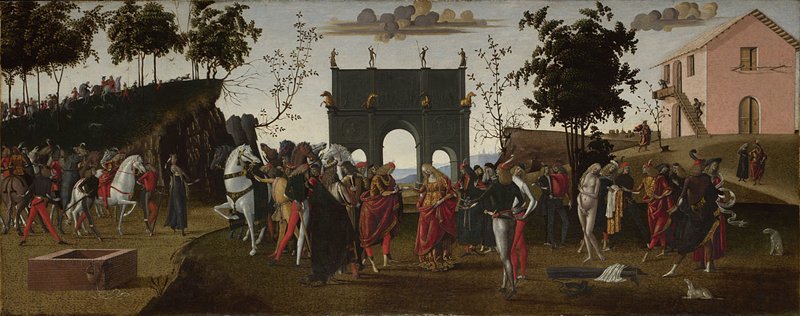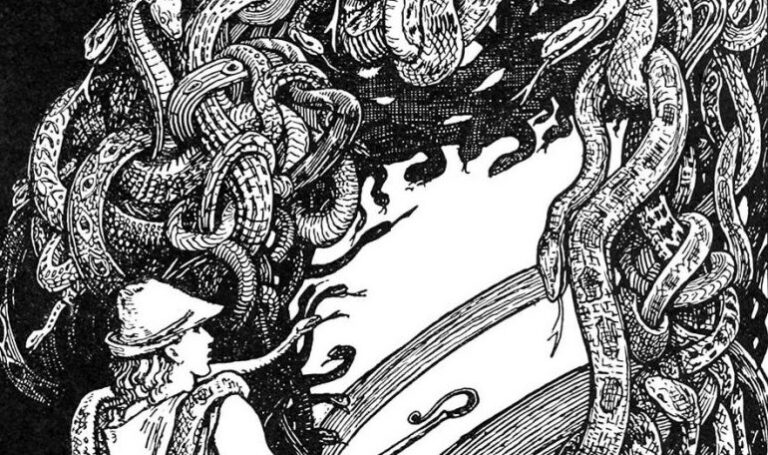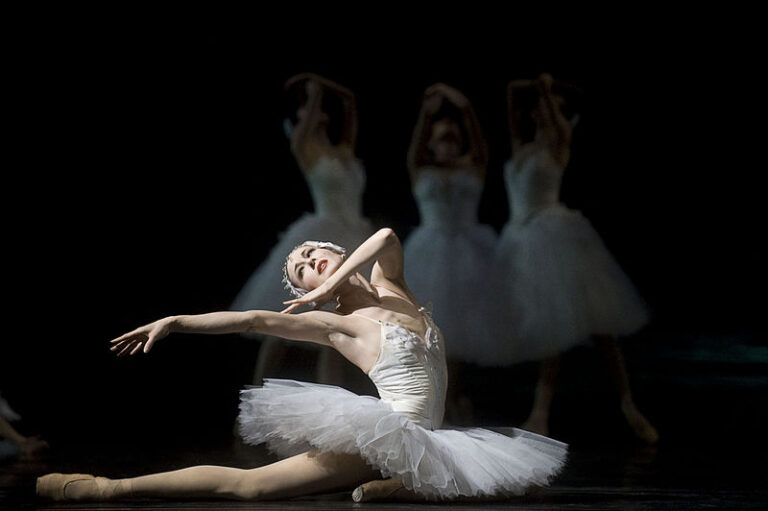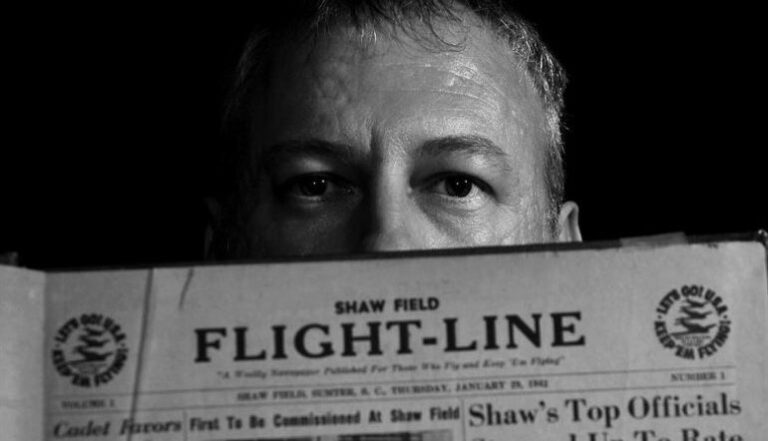Breaking Down “Medieval” Violence

In our contemporary cultural landscape, the medieval is synonymous with violence—a fact that became evident in the confluence of two events last month.
The first took place shortly before Steve Bannon, former Trump adviser and alt-right demagogue, went on trial for contempt of Congress. Ahead of the trial, Bannon told listeners on his podcast to “pray for our enemies, because we’re going medieval on these people. We’re going to savage our enemies.” Bannon’s words are a hallmark of contemporary alt-right rhetoric, blending the threat of violence with pop culture reference (like most middle-aged white men, Bannon peppers his speech with Pulp Fiction references) and enshrouding it all in a fascination with the medieval.
Exactly what Bannon was threatening is hard to determine. I imagine it might look something like the January 6 insurrection, in which people dressed in pseudo-Viking attire flashed white nationalists symbols pulled and distorted from medieval history; President Joe Biden notably said that Donald Trump was responsible for unleashing “medieval hell” on January 6. Or perhaps Bannon meant something less obviously populist: the implementation of a new world order via legal and governmental dismantlement, à la the sixteenth-century politician Thomas Cromwell, who Bannon has named as one of his icons.
Around the same time Bannon’s comments were circulating in major news outlets, press started coming out about the new Game of Thrones prequel, House of the Dragon. A central talking point—perhaps the central talking point—in coverage of the show has concerned how it will handle violence, especially sexual violence. Game of Thrones itself has been rightly criticized for its portrayal of sexual violence as excessive and gratuitous, rape as entertainment. The prequel will not, however, according to co-showrunner Miguel Sapochnik, “shy away from [violence against women]. If anything, we’re going to shine a light on that aspect. You can’t ignore the violence that was perpetrated on women by men in that time. It shouldn’t be downplayed and it shouldn’t be glorified.” While this statement has been partially clarified by producer and writer Sara Hess with an insistence that no sexual violence will be shown on screen, Sapochnik’s words are as telling as they are confusing. They suggest that violence against women will be a particular focus of the show, and that, in fact, the show sees drawing attention to violence against women “in that time” as an ethical imperative—it shouldn’t be downplayed, shouldn’t be glorified.
Except, of course, there is no “that time.” House of the Dragon is not a historical show, nor is it even historical fiction. It’s a fantasy. What Sapochnik seems to reference, however, is the Middle Ages. The genre known as high fantasy, to which Game of Thrones and its spin-off belong, is typically associated with pseudo-medieval worlds that borrow—sometimes with a patina of historical accuracy but more often not—from medieval history or aesthetics. Sapochnik suggests that one of the medieval elements the show borrows is its patriarchal and sexual violence.
What connects Bannon and House of the Dragon is their narratives of medieval violence, but it is a violence of both a vague and fantastical kind, difficult to pin down. What exactly do Bannon and House of the Dragon showrunners mean when they talk about medieval violence? What is it precisely that Bannon threatened and Sapochnik thinks we can’t ignore? Their rhetoric is vague because they assume that the contemporary understanding of medieval violence is universal enough that it does not need to be explained. Bannon doesn’t have to explain what going medieval will entail; Sapochnik doesn’t need to explain what the violence of that time actually was.
This is because both sets of comments belong to a long history of using narratives of medieval violence—sometimes factual, often invented—for social and ideological ends. There are two examples of this that are of particular importance, because of their durability and what they reveal about the rhetoric of medieval violence.
The first is the myth of the chastity belt. Supposedly, in the Middle Ages, controlling husbands would lock a metal undergarment around their wives’ pelvises to prevent intercourse. Versions of this myth appear in recent satires like Robin Hood: Men in Tights, but the story was so popular in the eighteenth and nineteenth centuries that metal smiths created ornate replicas of the device, many of which can still be seen in museums. The chastity belt, however, is, as historian Albrecht Classen has shown, a myth. The (very few) references to chastity belts from the fifteenth and sixteenth centuries were almost certainly jokes or fictionalized representations of masculine control fantasies. The proliferation of replicas and stories of medieval chastity belts then tells us something not about medieval sexual norms and control but about later centuries. Stories and replicas of the chastity belt served as objects of prurient interest—as by turns manifestations of masculine fantasies of control as well as pornographic objects gesturing to controlling and directing the bodies of others. (It is no coincidence that stories of medieval chastity belts proliferated during a time in Europe when women’s bodies and sexuality were coming under increasing control.)
Similarly, droit du seigneur, sometimes known as ius primae noctis or rite of the first night, will be familiar to anyone who has seen Braveheart. Supposedly, medieval Europe feudal lords had the first sexual “right” to women on their wedding night. As with the chastity belt, this is largely a myth. William Shakespeare makes reference to it in Henry VI, although there is no record of such a thing occurring during Henry VI’s reign. Voltaire wrote an entire play about it, Le Droit du Seigneur or L’Écueil du Sage. And it serves as the horrifying backdrop to Mozart’s comedic opera The Marriage of Figaro. Like the chastity belt, the popularity of this myth says more about the ideologies of the time in which it was created than about medieval sexual violence. The Marriage of Figaro, for example, was based on a play by Pierre Beaumarchais, who served as a trenchant critique of eighteenth-century French aristocracy.
These are just two of dozens of such myths contemporary culture has inherited about medieval violence. Which isn’t to say that medieval violence didn’t exist—this isn’t a medieval apologist essay. But it is to say that medieval representations of violence took a different form than these popular later myths suggest, and they were particular to the ideologies and cultures that produced them. When I think of “going medieval,” I think of the fourteenth-century crusade narrative, Richard Coer de Lyon. Offering a highly fictionalized life of the English king Richard I, it holds Richard up as a great knight and masculine hero, the proofs of which are almost all violent. He receives his name because he kills a lion by ripping out and eating its heart; he shows his prowess over Turkish forces by taking Turkish prisoners of war and devouring them. It’s a truly grotesque story medieval readers were clearly meant to revel in: violence as proof of masculine and racial superiority. Similarly, when I think of medieval sexual violence, I think of the enormously popular Griselda legend, in which a peasant woman marries a noble man and is subjected to years of emotional abuse. In an attempt to prove his wife’s loyalty and obedience, her husband twice pretends to murder their children and then pretends to divorce her, stripping her of all financial security down to her final piece of clothing. While the story ends “happily” with the family reunited, it’s a legend of profound cruelty that yolks proving women’s goodness to their capacity to suffer.
Medieval stories are filled with violence, but the forms of violence that occur in them are particular to the times and cultures that produced them. Pointing this out isn’t to dismiss them as relics of the past or to excuse these forms of violence as simply typical of the time, but it is instead to draw attention to the fact that the patriarchal violence of Griselda and the racist cruelty of Richard are manifestations of specific cultural ideologies.
This matters because when we return to our modern stories of medieval violence, we see that they, too, represent specific and contemporary ideologies—not medieval ones. I would go so far as to argue that the forms of violence typically embraced as the most medieval are, in fact, quintessentially modern. When Bannon threatens to “go medieval,” he’s threatening to return to a time before modern civility in which he can unleash some form of violence. But the violence he’s actually threatening is modern fascist political violence. When Game of Thrones shines a light on sexual violence from “that time,” it’s claiming to show the patriarchal violence hidden in history. But the violence it shows reads less as revelatory (as if, somehow, people—women—do not know the horrific and continuing prevalence of sexual violence) and more as entertainment, a modern patriarchal violence itself that delights in re-enacting that violence again and again.
The common thread here is the medieval because it provides a convenient smokescreen—a way to distance ourselves from our own particular forms of fascist, racist, and sexual violence. Even Bannon, who seems to glory in a return to a premodern time, uses that distance to construct a fantasy of the world, one that he wants to exist in which terrible violence is unleased on his enemies. The reality is, though, that to understand what is “medieval” about particular forms of contemporary violence is not to understand a history of violence. It is, instead, to understand our own modern cruelty and our own deep discomfort with acknowledging it as ours.


